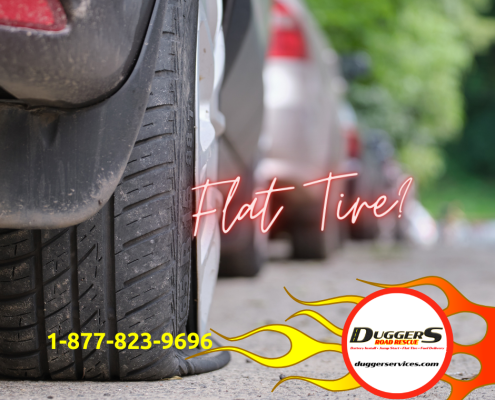
Flat Tire? Here’s What to Do Next
Albuquerque, Flat Tire, News, Phoenix, Rio Rancho, Roadside Service, Tempe, Tire Service, TucsonThere’s never a convenient time for a flat tire. It always seems to happen when you’re in a hurry, on your way to somewhere important, or in the middle of nowhere. The stress and uncertainty of a flat can be overwhelming, especially if you’re…
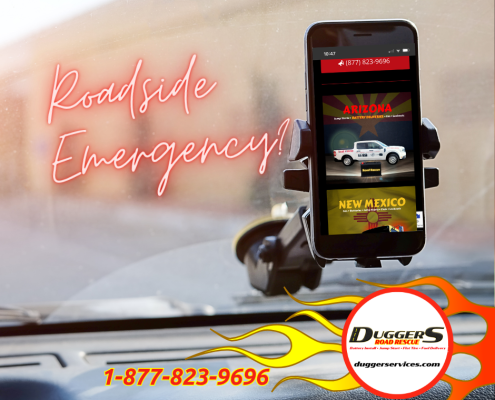
Top 5 Reasons to Call for Roadside Assistance (Instead of DIY)
AZ, Car Won't Start, Emergencies, Flat Tire, Fuel Service, Jump Start, Lock Outs, News, NM, Roadside Emergencies, Roadside Service, Tire ServiceImagine this scenario: You’re on I-25, the mercury has hit 100°F, and your car decides this is the perfect moment to get a flat. With traffic whizzing past, the sun beating down, and no shade in sight, you might wonder if Googling a quick…
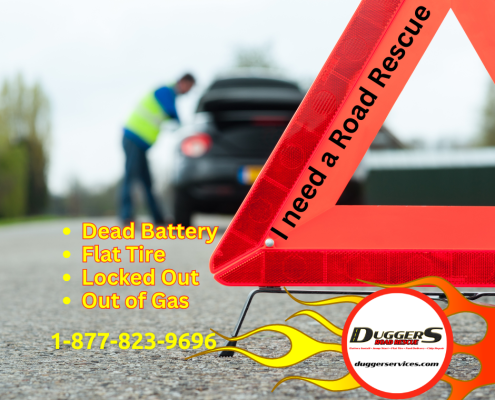
A Step-by-Step Guide for Drivers Stranded on the Side of the Road
Albuquerque, Break Downs, Car Won't Start, Flat Tire, Fuel Service, Lock Outs, News, Phoenix, Rio Rancho, Scottsdale, Tempe, Tire Service, TucsonBreaking down on the side of the road can be nerve-wracking, but by staying calm and following a clear set of steps, you can ensure your safety while getting the help you need. This guide provides detailed, practical advice for those moments,…
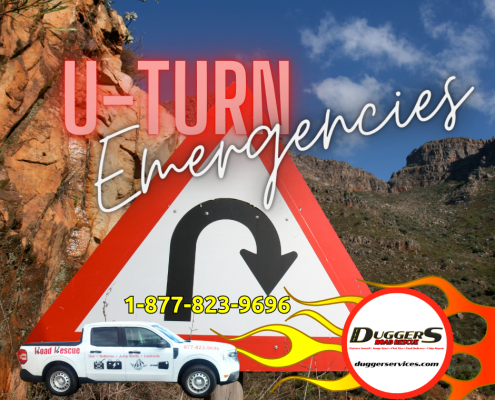
Stranded but Safe: How Dugger’s Road Rescue U-Turns Roadside Emergencies
Albuquerque, Battery Delivery, Battery Installation, Battery Service, Break Downs, car battery, Lock Outs, News, Phoenix, Rio Rancho, Roadside Emergencies, Roadside Service, Scottsdale, Tire ServiceWe Can Turn Your Day Around
Getting stranded on the side of the road is more than just an inconvenience. It can be stressful, frustrating, and sometimes downright scary. Whether it’s a flat tire, a dead battery, or an empty gas tank, these…

Winter Tire Tips for Desert Southwest Drivers
Albuquerque, Flat Tire, News, Phoenix, Rio Rancho, Roadside Emergencies, Roadside Service, Tempe, Tire Service, TucsonWinter in the desert Southwest brings more than chilly mornings and the occasional surprise frost. One of the hidden dangers that many drivers may overlook is the effects of temperature swings on tire pressure. Those warm, sunny afternoons followed…

Dire Tire in the Desert?
AZ, Flat Tire, News, NM, Roadside Emergencies, Roadside Service, Tire ServiceThe desert might be known for its scorching heat, but as temperatures change in Arizona and New Mexico, car owners face an unexpected challenge—tire pressure fluctuations. If you've found yourself on the side of the road with a flat tire,…
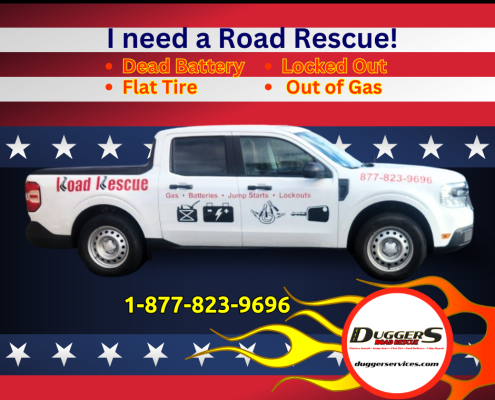
Preparing for a Safe and Stress-Free Labor Day Road Trip
AZ, Battery Delivery, Flat Tire, Fuel Service, Jump Start, News, NM, Tire ServiceLabor Day weekend is fast approaching, and for many, it marks the perfect opportunity for a road trip to celebrate the end of summer. Whether you're heading to the mountains, the beach, or visiting family out of state, ensuring your vehicle…

Back to School – A College Student’s Roadside Guide
AZ, Battery Delivery, Battery Installation, car battery, Emergencies, Emergency Fuel Delivery, Flat Tire, Fuel Service, Jump Start, News, NM, Roadside Emergencies, Tire ServiceAs summer comes to a close and college students head back to campus, it's a time filled with excitement and new experiences. However, being on your own for the first time can also bring new challenges, especially when it comes to road safety.…

Staying Safe During Heatwaves: Essential Tips for Roadside Emergencies
Albuquerque, AZ, Battery Delivery, Battery Installation, Battery Service, Car Won't Start, Emergencies, Emergency Fuel Delivery, Heat Advisory, News, NM, Phoenix, Rio Rancho, Roadside Emergencies, Roadside Service, Tire Service, TucsonAs we enter the first week of June, Arizona and New Mexico are already experiencing their first heatwave of the season. With temperatures soaring to 108 degrees in Phoenix and Tucson, and hitting a scorching 100 degrees in Albuquerque, the risk…

May Day – Getting Help When You Need It on the Road
Albuquerque, AZ, Battery Delivery, Battery Installation, Battery Service, Car Won't Start, Emergencies, Emergency Fuel Delivery, Jump Start, News, NM, Phoenix, Rio Rancho, Roadside Service, Tire Service, Tucson"May Day, May Day! My Battery is Dead."
In the world of emergencies, a "May Day" call is the universal distress signal. It's the voice in the dark, reaching out when you're in dire need of assistance. At Dugger's Road Rescue, we understand…
